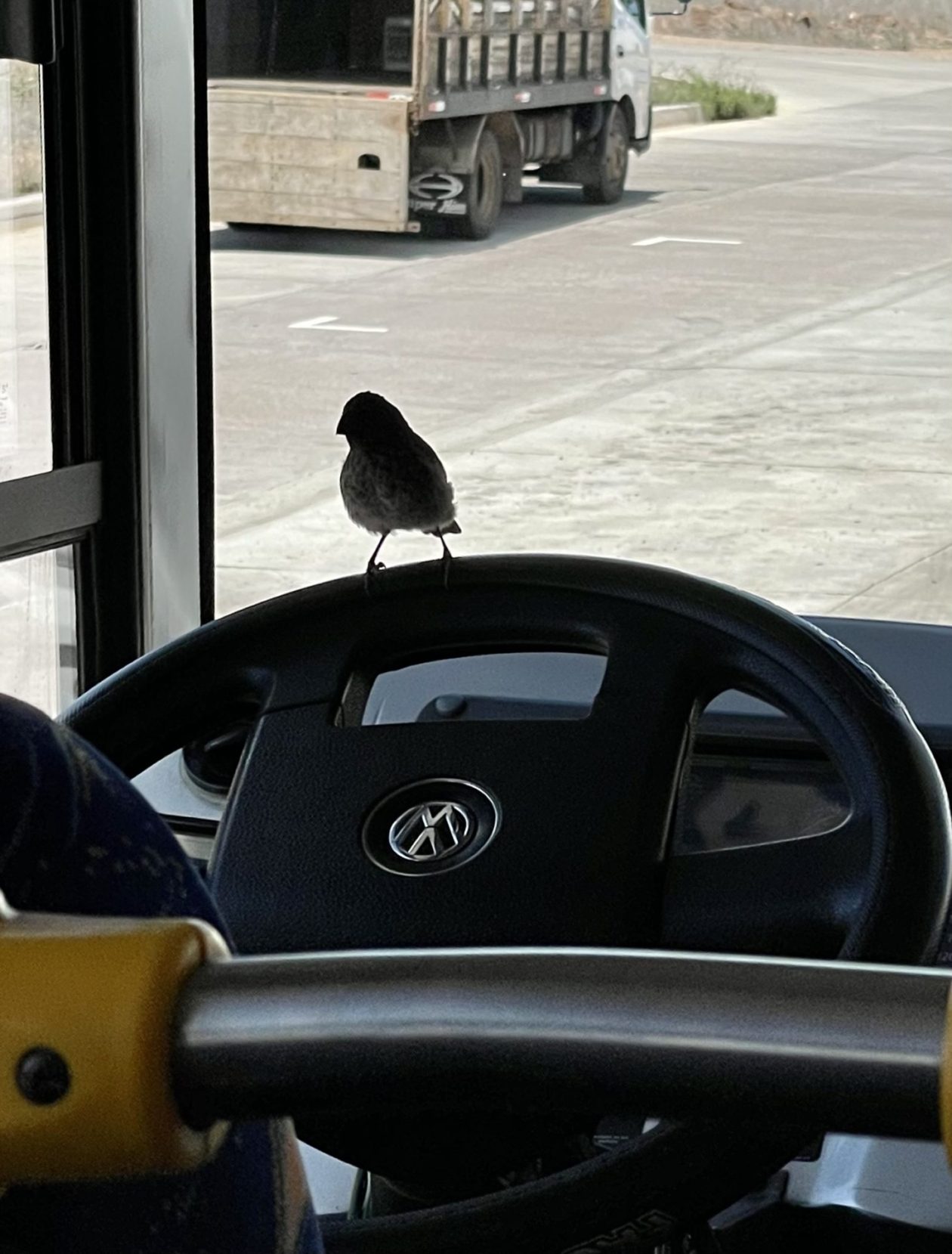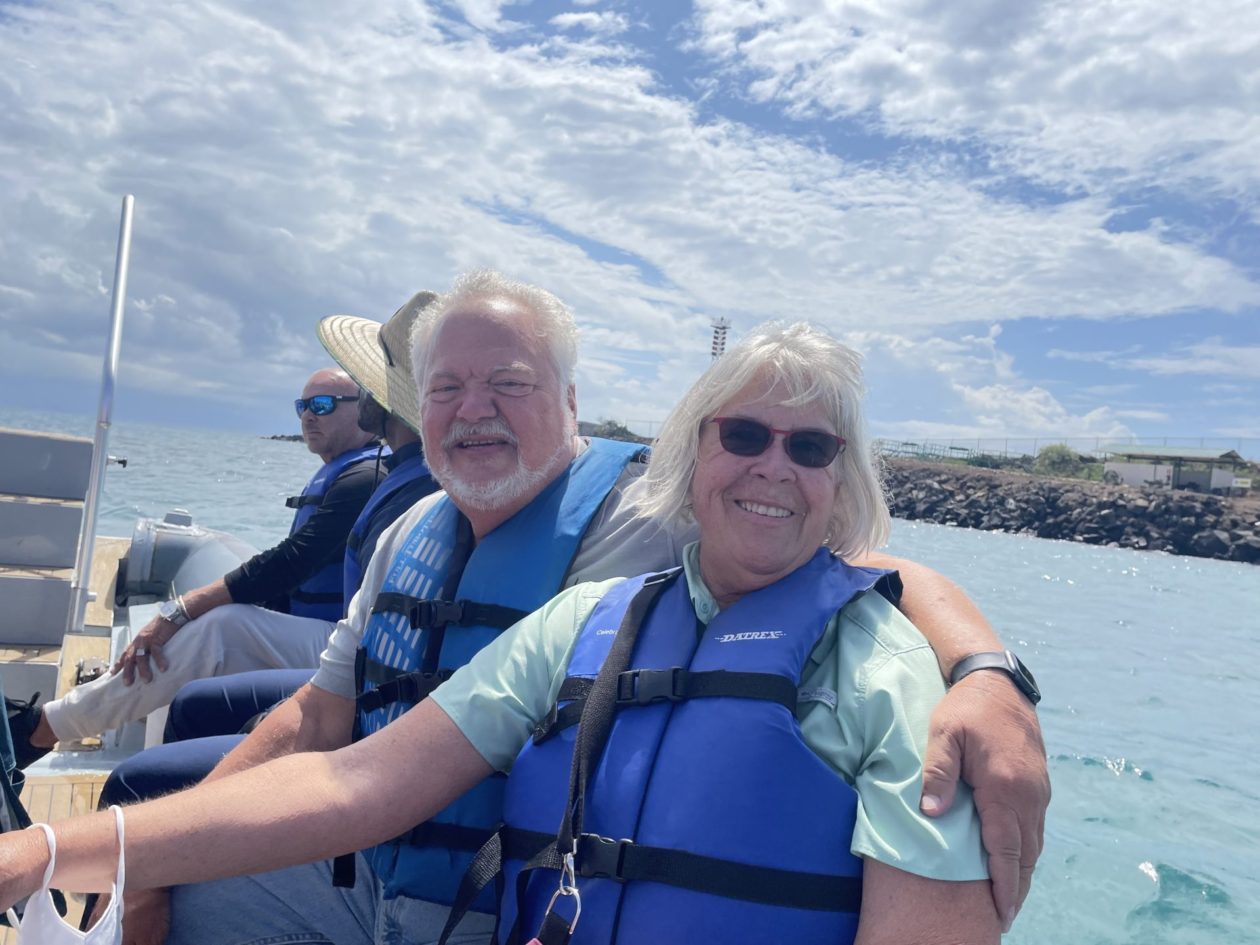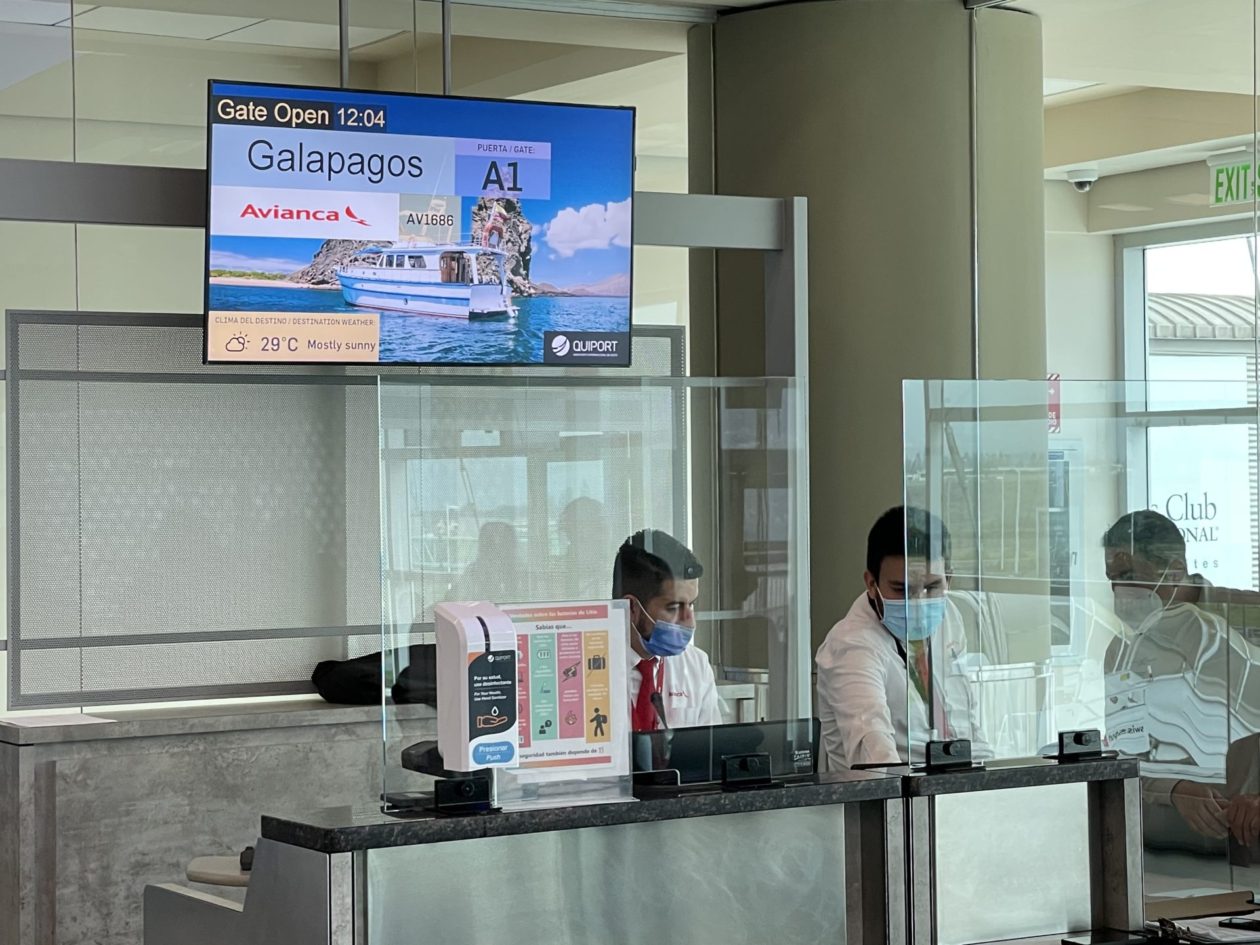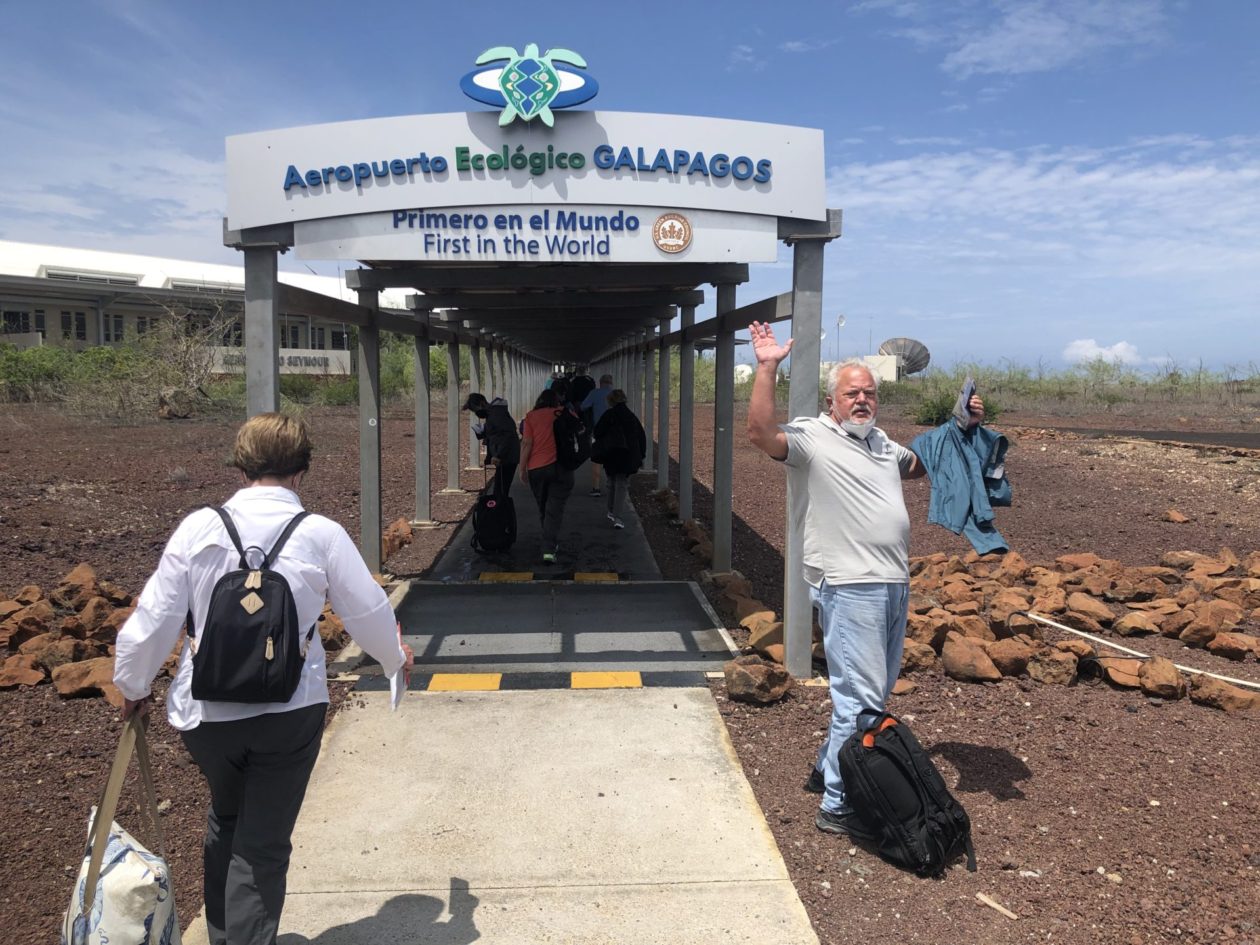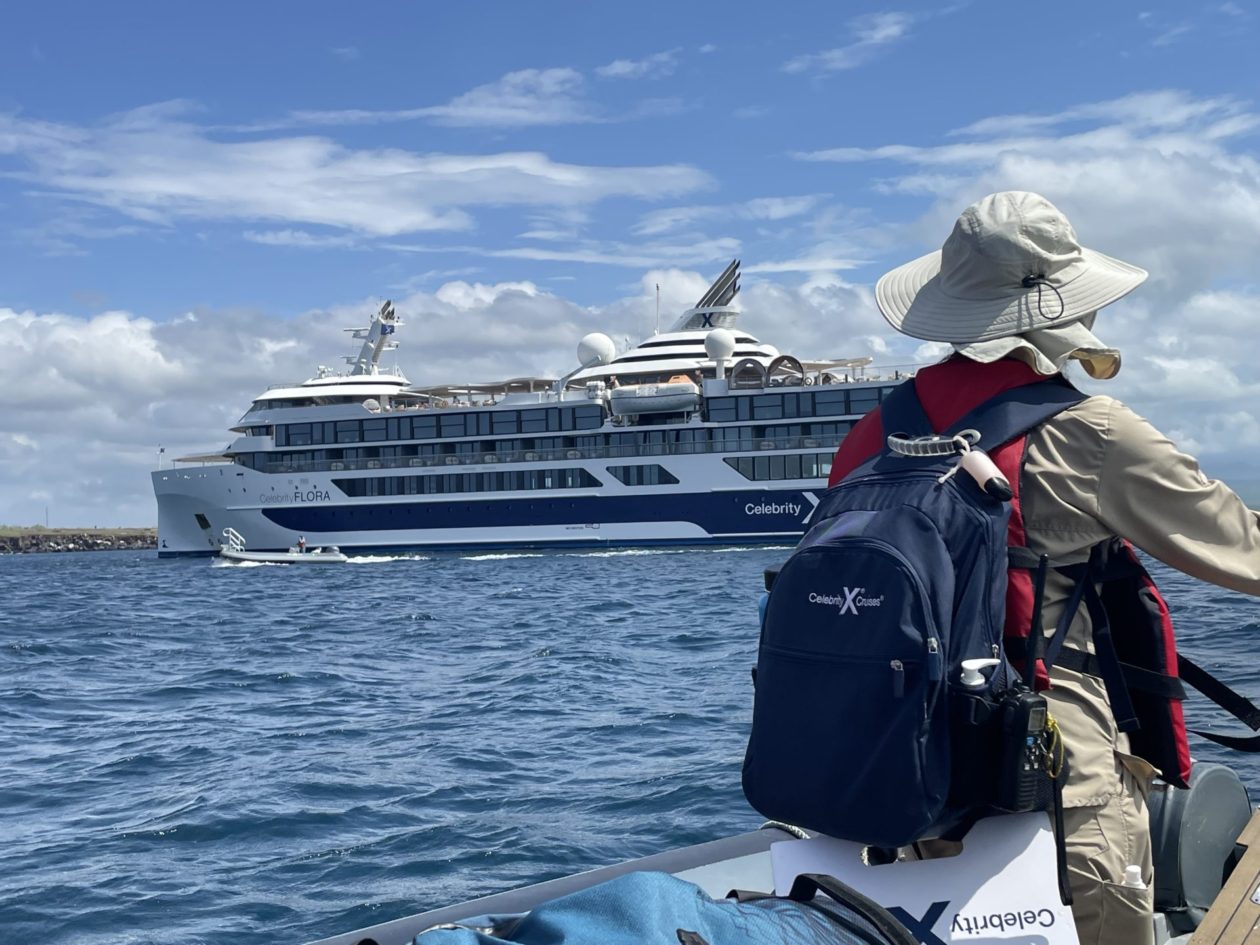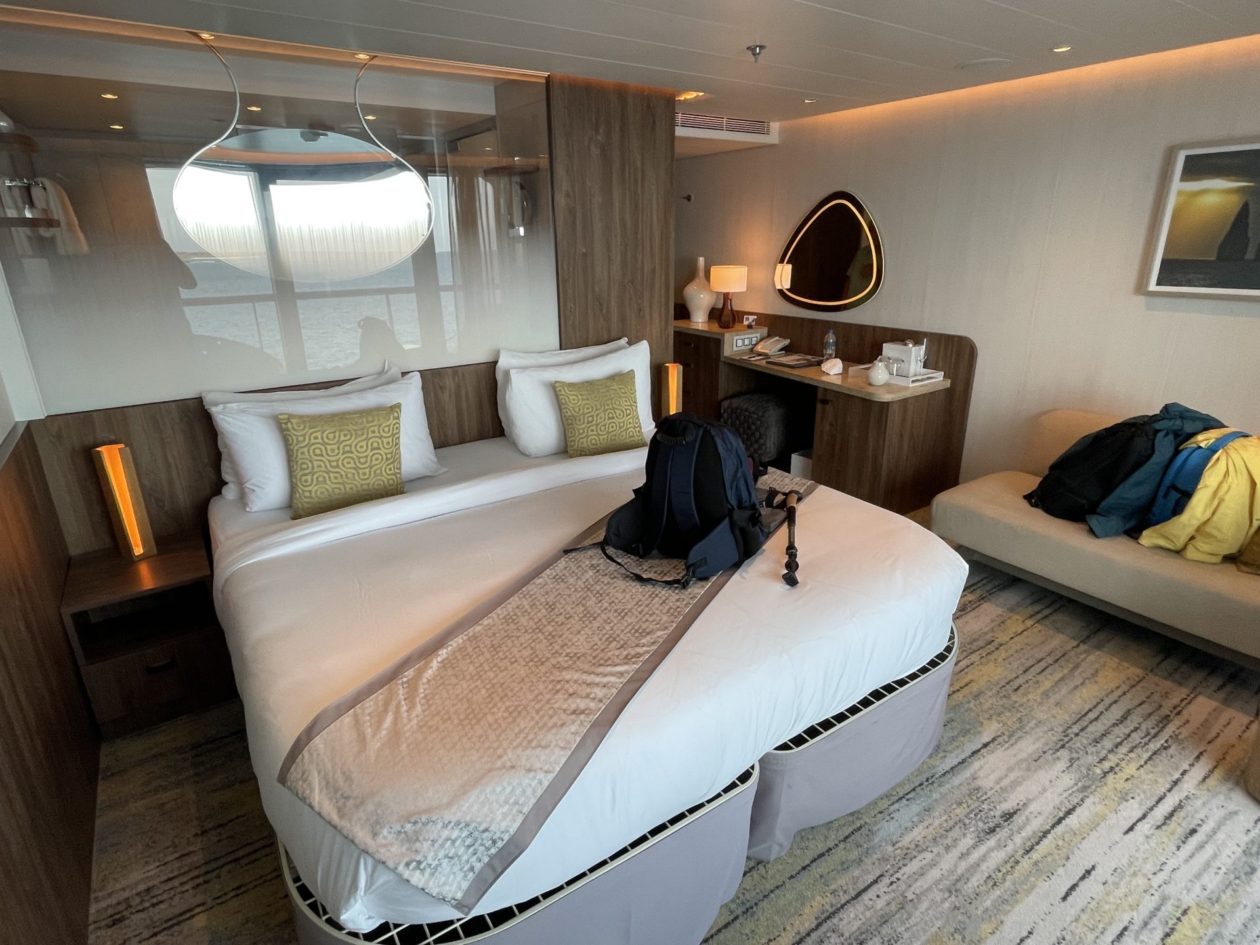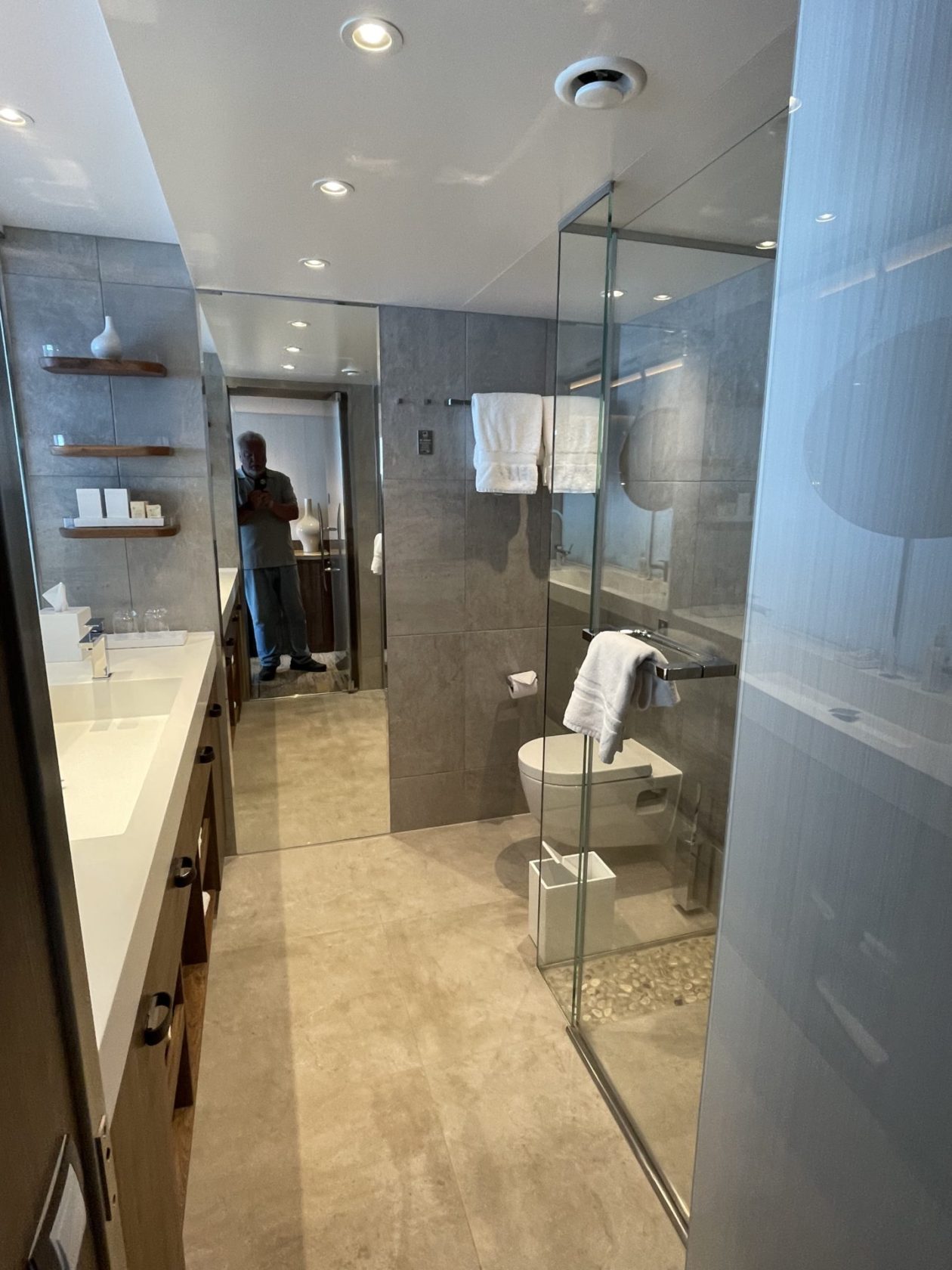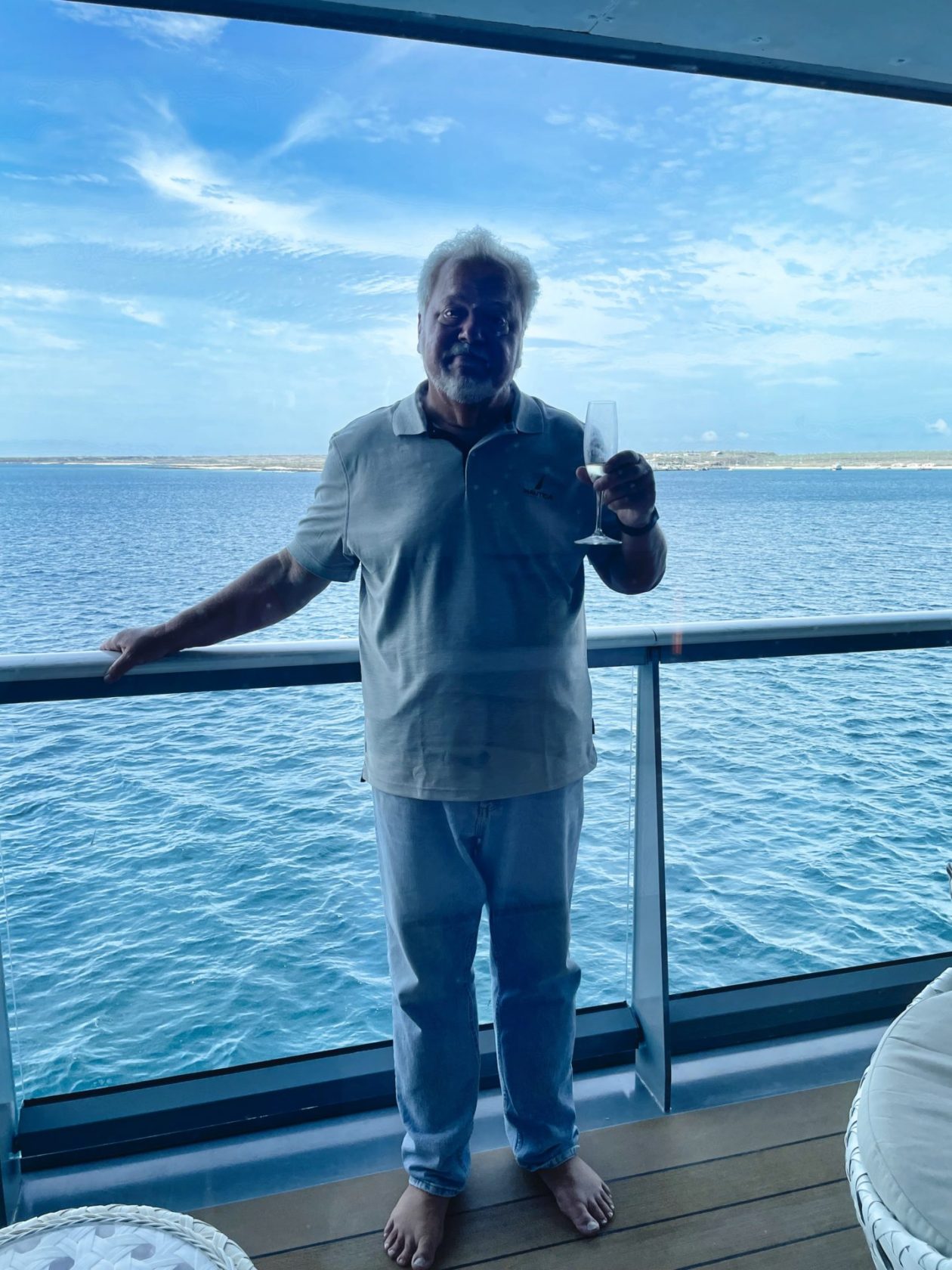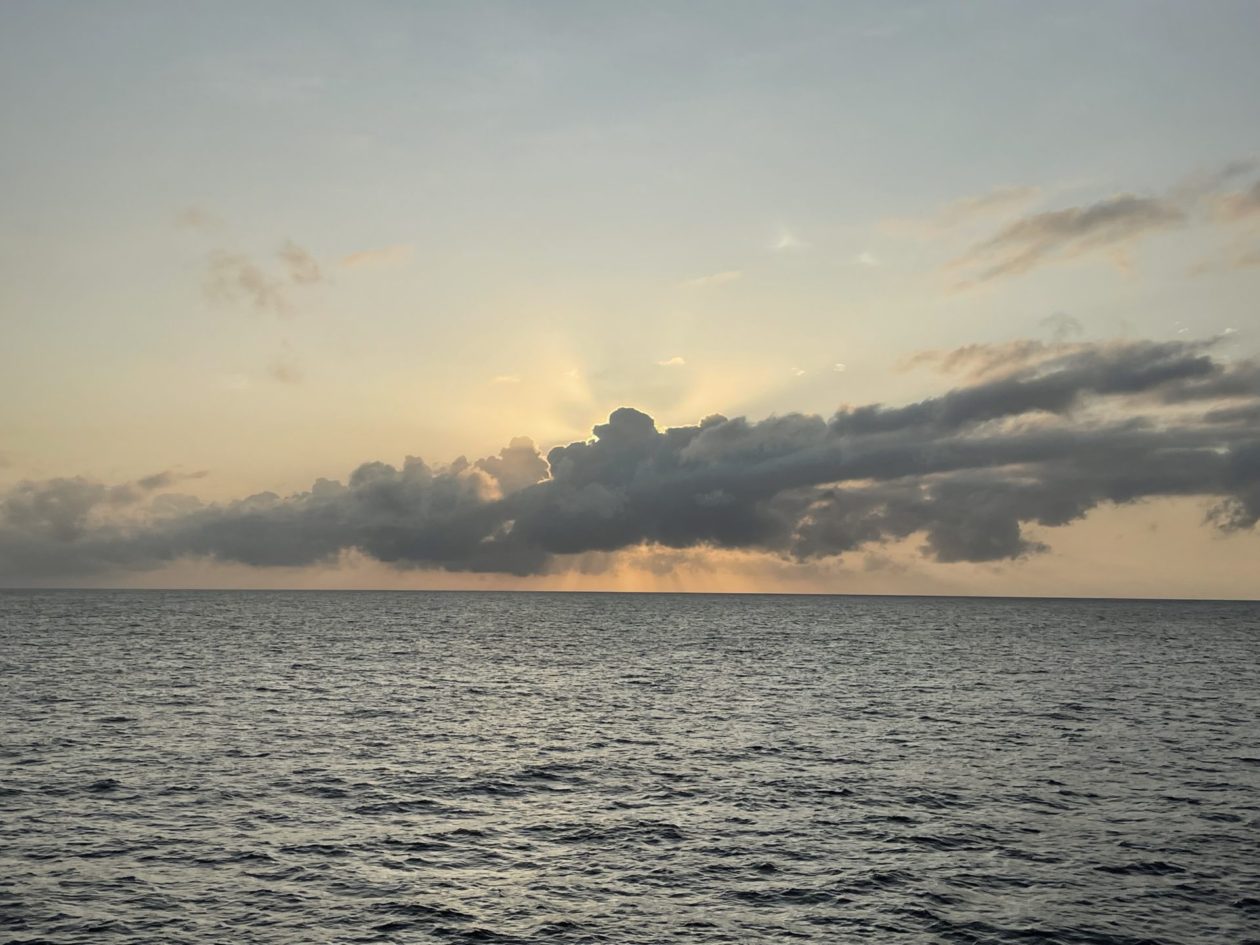- Start of trip and Quito
- Flight to Baltra and underway — our Galapagos adventure begins!
- Española Island, Galapagos Islands
- Floreana Island, Galápagos Islands
- Isabela Island, Galápagos Islands
- South Plaza Island, Galápagos Islands
- Santa Cruz Island, Galápagos Islands
- A quick stop in Lima, Peru
- Ollantaytambo, Peru
- Machu Picchu — we finally got here!
- Back to Cusco, Peru
- Back to Lima and end of trip
On our way to the Galapagos! We’ve wanted to do this trip for a number of reasons. Of course, to walk in the footsteps of Darwin and to appreciate the thought processes he had as he explored the islands and captured his observations has been the primary goal, but there are other reasons as well. First of all, when you live on an island, you want to go visit other islands and see how people live and interact with their natural surroundings. Believe it or not, the Galapagos Islands actually have more people living there (20,000 people) than we do in the San Juan Islands (19,000 people). And seeing the impacts of introduced flora and fauna versus natives has continued to be an issue to deal with, much the way it is in the Galapagos Islands. But we have also seen evolution at work in isolated areas before when we lived in Australia. Seeing the differences in plants and animals on Tasmania when compared to the island of Australia was really amazing. We are looking forward to having that same experience here. But in addition to all of those other reasons, here we are going to get to see the life cycle of volcanic islands, from the youngest that are still growing with active eruptions (e.g. Fernandina Island that has had 24 eruptions since 1813) and the oldest (Espanola, clocking in at 3-4 million years old). How does that impact the flora and fauna that live there and how has that changed over each island’s life cycle. Pretty heady stuff! By the way, if you’ve never seen it, I would highly recommend David Attenborough’s series on the Galapagos Islands. It was a great way for us to get prepared!
We landed in Baltra Island and were delivered to the ship. Baltra is a small island more or less in the center of the Galapagos. Like many of the island islands, Baltra was created by geological uplift. Baltra actually served as a US military base in World War II, to protect the Panama Canal from enemy attack. Today, other than the main airport, the area is pretty much a dry, cactus-strewn landscape. We actually departed Baltra pretty quickly and are steaming around the islands. But, because we had been tested multiple times for COVID, we became a bubble and wouldn’t have to wear a mask on the ship or on any of the shore excursions if there were no “strangers” there. Yay! By the way, it appears that the daily drill will be to visit an island each day and make two stops where we will go ashore and observe the “natives.” Should be fun!
